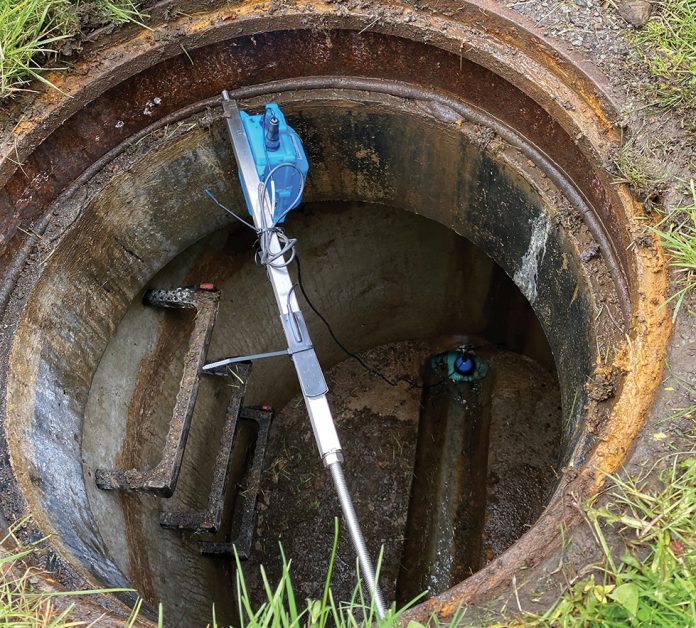The spillages and pollution incidents that result from sewer blockages can have devastating consequences, particularly when these incidents happen customer-side.
As explained in the recent ‘Customer Experiences of Sewer Flooding’ report published by Ofwat and CCW; “being flooded with sewage is one of the most distressing things that can happen to you in your home. The lasting effects it leaves behind are not just limited to damaged property, but can extend to psychological and emotional damage, often leaving people in vulnerable circumstances”.
Cleaning up these incidents can be expensive in financial terms, but customer-side incidents can also incur additional costs. News travels fast via both traditional and social media, and when these instances occur, a water company can very quickly experience expensive reputational damage both locally and nationally.
Additionally, every time a customer calls in to report an overspill (either CSO or SSO) it has an impact on the water company’s Output Delivery Incentives (ODIs), which if not achieved, will lead to strict financial penalties.
With all of this to consider, when a UK water company was looking to be proactive in identifying problem areas in their network and deal with blockages before they spill, they turned to HWM.
Driven by a desire to identify spillages before they happen, the water company approached HWM, as a trusted long-term partner, for a simple but effective solution; and we recommended SpillSens.
SpillSens is our multi-alarm digital float sensor that uses digital positioning technology to monitor sewer levels constantly and effectively.
Installed hanging in the chamber, rising sewer contents affect the position of the sensor and should the tilt of the SpillSens sensor reach a specific angle then an alarm is sent to the water company. The sewer can then be investigated and any necessary action to negate the cause of the level rise can be taken.
Programmed with three alert levels, SpillSens indicates green when conditions are normal, amber when levels are rising and red when critical levels are reached. This level of information is helpful in supporting water companies to make resource allocation decisions.
The water company chose SpillSens over more traditional level sensors because they were specifically concerned with picking up blockages quickly, especially in small and shallow customer-side inspection chambers, where level sensors could suffer from deadband issues.
SpillSens was seen as a more definitive solution as opposed to regular level sensors. If, after a rainfall event, a SpillSens sensor angle does not return to 0o then there is a problem, whereas in contrast, level sensor data will not be anywhere near as clear cut, and requires analysis at every site, every time.
The water company has benefitted in numerous ways from the deployment of SpillSens in problem areas of their network. Significantly, a much lower customer incident rate is being reported, which has reduced the ‘reactive’ cleaning, jetting and rodding being undertaken. This is contributing to a marked improvement in ODI performance, which is delivering a sizeable financial benefit.
The use of SpillSens is providing vital data to help identify additional problem areas in the network, highlighting locations that could require development or upgrades and supporting decision making throughout the wider network.
www.hwmglobal.com




